5-Day Commentary Challenge - Revelation 2-3 Sample
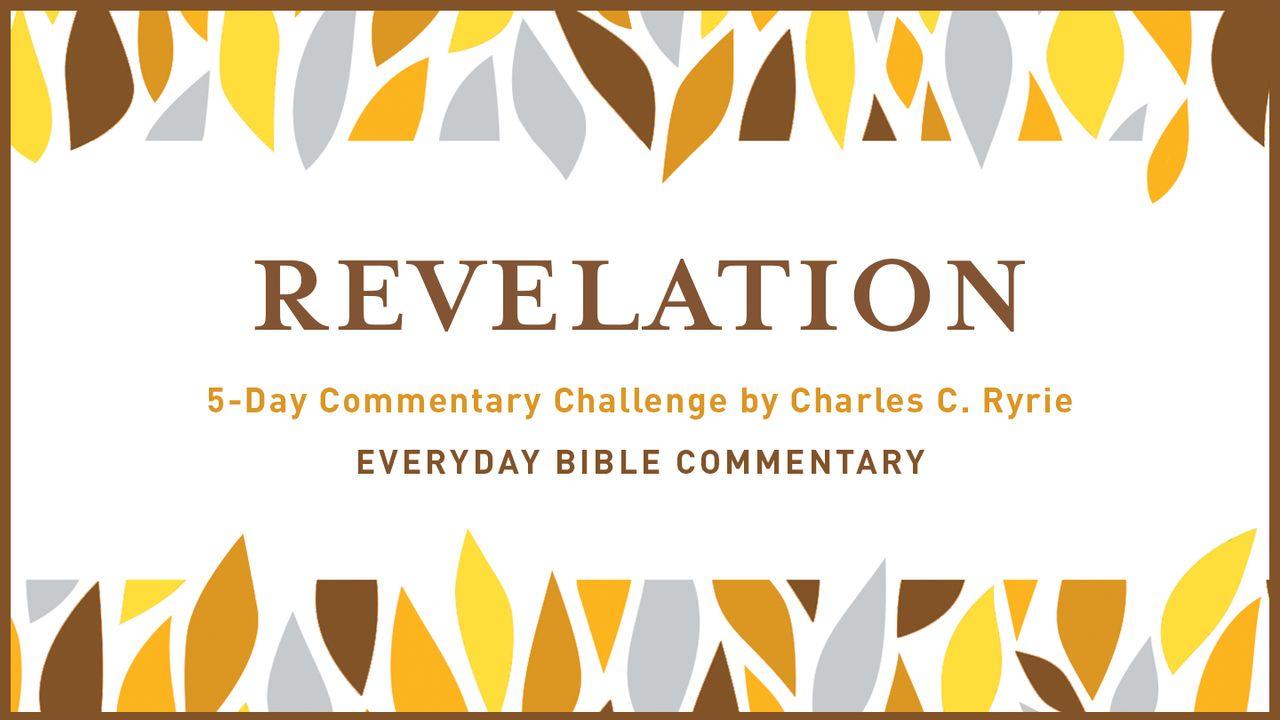
THE SEVEN CHURCHES
The seven churches addressed by letter in chapters 2 and 3 are significant in several ways. First of all, at the time John wrote they were actual churches that existed in the cities mentioned. They were not necessarily the most prominent ones of that day, since only two—Ephesus and Laodicea—are previously mentioned in the Bible. But they were actual churches with problems and strengths recorded of them. This means, of course, that, just as there was an Ephesian church in John’s day, there was also a Laodicean church in the first century.
These churches were representative of all churches at that time, as well as those of subsequent generations. Just as the letters to the Corinthians, though written to the church at Corinth, concern the church everywhere and at all times (1 Cor. 1:2), so these letters are for the church past, present, and future.
Two reasons substantiate the representative character of these seven churches. The first is simply that there are only seven selected. Out of all the churches that might have been chosen (though not all in Asia Minor), such as Jerusalem, Antioch, Alexandria, Corinth, Rome, Troas, Colossae, or Hierapolis, only seven are selected. Second, in the promise to each of these churches at the close of each letter is the exhortation to hear what the Spirit says to “the churches.” Though each letter is written to a church, the exhortations are to all the churches.
Some see a third significance of these churches, regarding them as representing seven successive periods throughout church history. One writer says, “The varying conditions represented in these seven churches in order of their succession fit uniquely into the checkered history of the church universal from start to finish.”1 This idea does not deny their local and representative character, but it often tends to obscure their local and representative importance by placing so much emphasis on the Philadelphian or Laodicean church as the era in which the church is presently living. We forget that there are many local churches today with, for example, Ephesian and Pergamum characteristics.
Each letter is addressed to the angel of the particular church. The word “angel,” as previously discussed, can refer to either a superhuman or human being. If angel refers to the human leader of each church, then that leader’s responsibility for the condition of the church is emphasized in the address of each letter: “to the angel of the church . . .”
“THE THINGS WHICH ARE,” 2:1–3:22
These letters comprise the “things which are.” They depict conditions that did and do exist in the churches, then and now. Each letter may be outlined under six headings: Destination, The Lord, Commendation, Condemnation, Exhortations, and Promise.
The Letter to Ephesus, 2:1–7
Destination, 2:1
Ephesus was the capital of the province of Asia and the residence of John before and after his exile on Patmos. A city of about 300,000, it was a commercial center with warehouses that lined the banks of the Cayster River. It was on a principal east-west road. PanIonian games were held there in May. It was known throughout the world as the home of one of the seven wonders of the ancient world—the temple of Diana. This magnificent structure stood in an area 425 by 220 feet, with 126 pillars of marble 60 feet high. Thirty-six of these were overlaid with gold and jewels. Eunuchs and slaves attended the temple, and the city proudly entitled itself the guardian of the temple and statue of Diana (Acts 19:35).
At the close of his second missionary trip, Paul visited the city briefly (Acts 18:18–19) but returned for over two years on his third trip to found and establish the church there (Acts 19). During that time, through the efforts of ordinary believers, all the province of Asia “heard the word of the Lord” (Acts 19:10), and there were more than five hundred urban communities in the province! There, too, a great number of believers dedicated themselves more fully to the Lord after they burned their books of magic, which some had evidently been hanging on to for two or more years. The value of the books was equivalent to a year’s wage for 138 workers. The church counted Aquila, Priscilla, Apollos, Timothy, and John among its spiritual leaders. Ephesus (meaning “desirable”) may represent the apostolic age.
The Lord, 2:1
In each letter the risen Christ presented Himself in a particular fashion, usually selected from the representation in chapter 1, that was especially relevant to the conditions of the church addressed. In this instance (in view of the loss of first love), the Lord’s watchful relationship to local churches and their leaders is emphasized in two ways: He is seen holding fast (krateo) the seven stars or angels (in contrast to 1:16, where He merely has them), and He is walking (in contrast to standing, 1:13) in the midst of the churches.
Commendation, 2:2–3, 6
The church is commended for her works, perseverance, discernment in testing, rejection of false apostles, and hatred of the Nicolaitans. Some understand the Nicolaitan error to be the exaltation of the clergy over the laity (based on the etymology of the word itself, which means “laity-conqueror”). Others consider it to be the heresy of license and compromise in matters of Christian conduct, since it is associated in 2:14–15 with the doctrine of Balaam, who tried to induce God’s people to compromise.
Condemnation, 2:4
The church has “left” (not “lost”) her first love. This was a deliberate and thus responsible action, for the word means “to quit or forsake.” The original spiritual vitality of the church had been replaced by a routine of orthodoxy. Paul may have sounded a warning that this would happen when years before he pronounced his benediction on Ephesian Christians who loved the Lord with an incorruptible, or pure, love (Eph. 6:24). First love, then, is love without any impurities.
Exhortation, 2:5–6
The exhortation was to remember, repent, and repeat her first works of love. Notice that they were to do their first works, not to feel their first feelings.
REVELATION 2:7-8
An overcomer is not one who has some special power in the Christian life or who has learned some secret of victory. John himself defined an overcomer as a believer in Christ (1 John 5:4–5). Thus every Christian is an overcomer, though the various promises in these seven letters are addressed particularly to each local believing group and tailored to the special circumstances found in each church. Believers here are promised the tree of life, that is, eternal life, which was lost when Adam sinned in the garden (Gen. 2:9; 3:22; Rev. 22:2, 14). And, of course, all believers possess eternal life forever.
Scripture
About this Plan

This reading plan is from the Everyday Bible Commentary on Revelation 2-3 and will help you develop a deeper understanding of Jesus' letters to the churches. It is for anyone who has a desire to increase their understanding of Scripture and strengthen their relationship with God.
More
We would like to thank Moody Publishers for providing this plan. For more information, please visit: https://www.moodypublishers.com/books/bible-study-and-reference/revelation--everymans-bible-commentary/
Related Plans
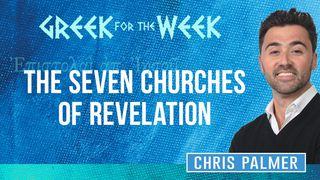
Greek For The Week: The Seven Churches Of Revelation

4 Messages Of Hope In Revelation

3-Day Commentary Challenge - Proverbs 1-2
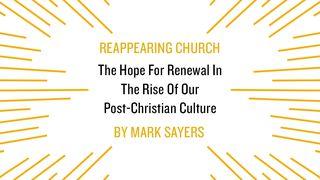
Reappearing Church - A 3 Day Plan
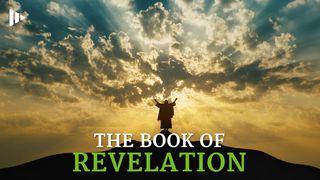
The Book of Revelation: Video Devotions From Time of Grace
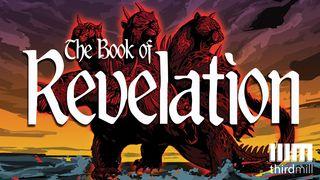
The Book Of Revelation

Read the Book: July - September

Biblical Encouragement for Business Leaders

Navigating Mental Challenges After Loss
